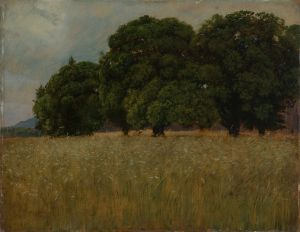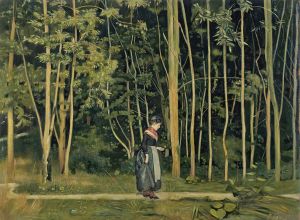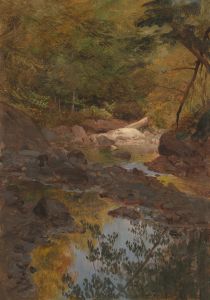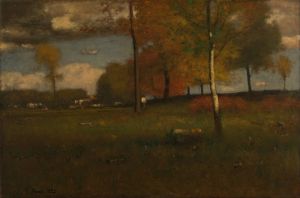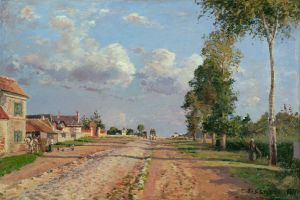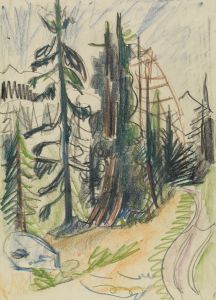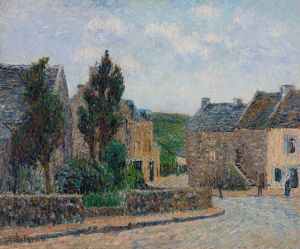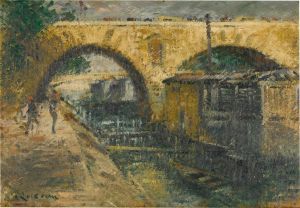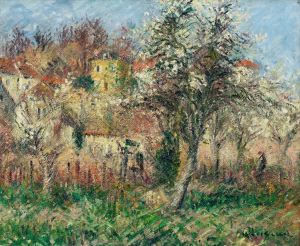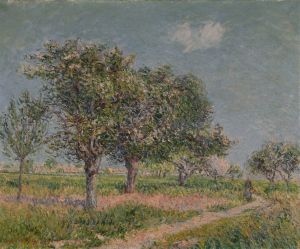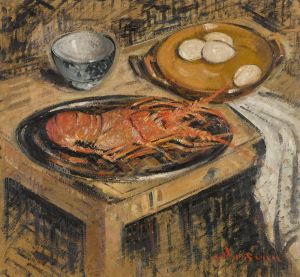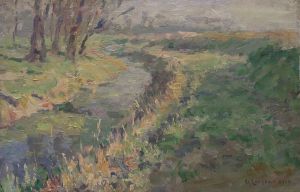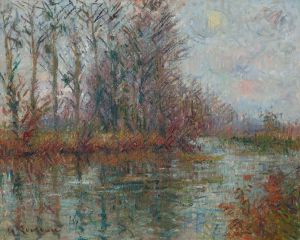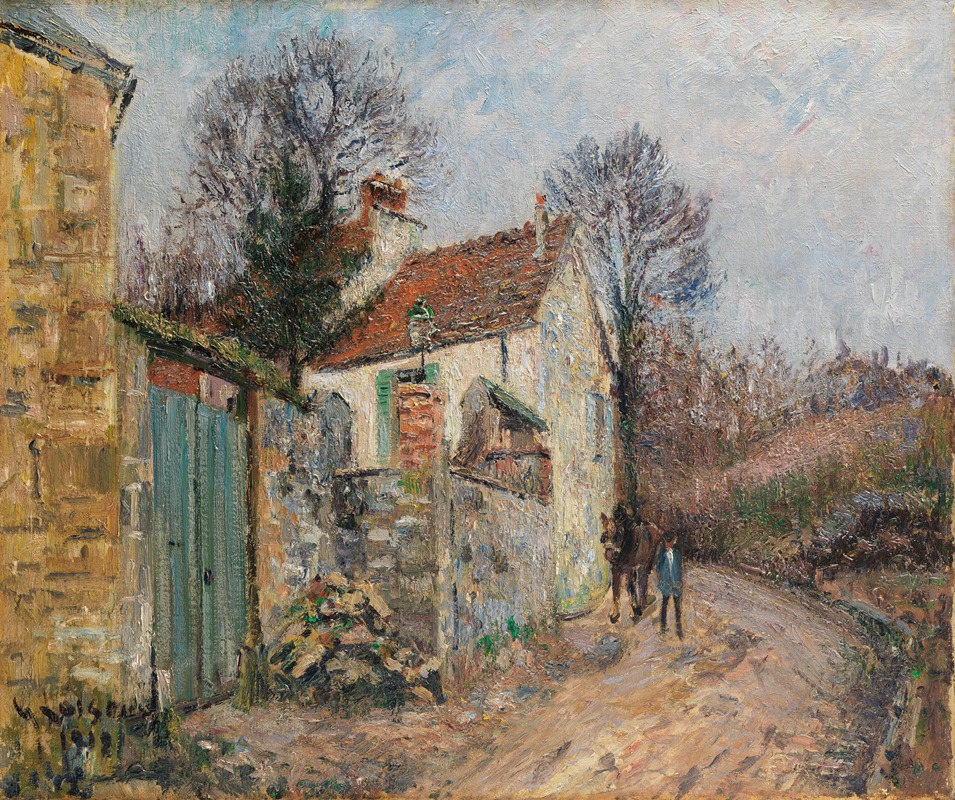
Le chemin de la Plaine, Pontoise
A hand-painted replica of Gustave Loiseau’s masterpiece Le chemin de la Plaine, Pontoise, meticulously crafted by professional artists to capture the true essence of the original. Each piece is created with museum-quality canvas and rare mineral pigments, carefully painted by experienced artists with delicate brushstrokes and rich, layered colors to perfectly recreate the texture of the original artwork. Unlike machine-printed reproductions, this hand-painted version brings the painting to life, infused with the artist’s emotions and skill in every stroke. Whether for personal collection or home decoration, it instantly elevates the artistic atmosphere of any space.
Gustave Loiseau was a notable French Post-Impressionist painter, recognized for his landscapes and scenes of rural France. Born on October 3, 1865, in Paris, Loiseau developed a distinctive style characterized by his use of vibrant colors and dynamic brushwork. He was particularly known for his ability to capture the changing effects of light and atmosphere, a hallmark of the Impressionist movement, which he evolved into his own unique approach.
"Le chemin de la Plaine, Pontoise" is one of Loiseau's works that exemplifies his mastery in depicting the French countryside. Pontoise, a commune in the northwestern suburbs of Paris, was a favored location for many artists, including Camille Pissarro, who was a significant influence on Loiseau. The region's picturesque landscapes and the quality of light made it an ideal subject for plein air painting, a technique Loiseau frequently employed.
In "Le chemin de la Plaine, Pontoise," Loiseau captures a rural path, likely during the late 19th or early 20th century, a period when he was most active. The painting reflects Loiseau's interest in the natural world and his ability to convey the serene beauty of the countryside. His brushstrokes are fluid and expressive, a technique that allows him to depict the movement of leaves and the play of light across the landscape. This approach aligns with the Post-Impressionist focus on the artist's subjective experience of the scene, rather than a mere photographic representation.
Loiseau's palette in this painting is typical of his work, featuring earthy tones and subtle contrasts that evoke the tranquility of rural life. The composition likely includes a winding path, a common motif in his landscapes, which draws the viewer's eye into the scene and suggests a journey through the natural world. This element of movement is a crucial aspect of Loiseau's work, as it reflects his interest in capturing the passage of time and the transient effects of light and weather.
Throughout his career, Loiseau remained committed to exploring the landscapes of France, often returning to the same locations to capture them in different seasons and times of day. This dedication to his craft is evident in "Le chemin de la Plaine, Pontoise," where his attention to detail and sensitivity to the environment are on full display. His work is often compared to that of his contemporaries, such as Claude Monet and Alfred Sisley, yet Loiseau maintained a distinct voice within the Post-Impressionist movement.
Loiseau's paintings, including "Le chemin de la Plaine, Pontoise," are celebrated for their ability to convey a sense of place and time, inviting viewers to experience the quiet beauty of the French countryside. His contribution to the Post-Impressionist movement is significant, as he helped to bridge the gap between Impressionism and the more abstract tendencies of early 20th-century art. Today, his works are held in various collections and continue to be appreciated for their artistic and historical value.
In summary, "Le chemin de la Plaine, Pontoise" by Gustave Loiseau is a testament to the artist's skill in capturing the essence of the French landscape. Through his expressive brushwork and keen eye for detail, Loiseau invites viewers to step into a world of natural beauty and tranquility, reflecting the enduring appeal of his artistic vision.





